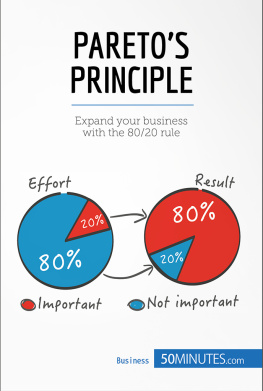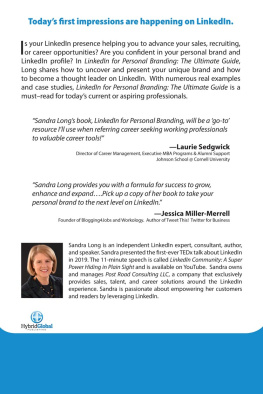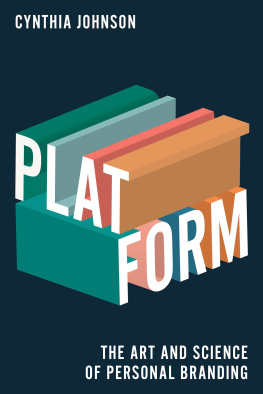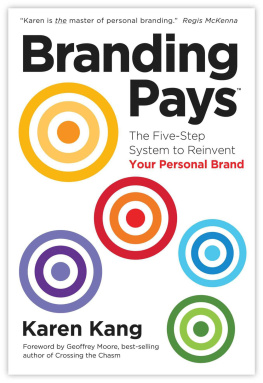For any organisation wanting to carve out a place in the increasingly competitive working world, having a presence on the internet and on social media is now almost obligatory. But what about our personal reputation?
According to CareerBuilder , a website that specialises in job-seeking, many recruiters do some quick research on applicants by typing their name into Google. More broadly, this trend towards googling is also followed by a large number of individuals looking for a service. Whether we need a plumber or to order a pizza, our first reflex is very often to open a new internet page. Customer comments on the service delivered, consumer reviews of the quality of service, recommendations from specialists in the sector or the transparency of information thus become deciding factors when the time comes to choose a service provider.
Developing a web communication strategy to build yourself the best possible digital identity (in other words, personal branding) can thus prove to be an excellent investment. In 50 minutes, this guide will teach you all the secrets of this personal marketing so as to turn your e-reputation into a selling point.
Personal branding: the basics
Personal branding summarised
After first appearing in 1981 in The Battle for Your Mind by Al Ries and Jack Trout, the concept of personal branding has been conceptualised by many specialists, including the Americans Tom Peters during the 1990s and William Aruda and Peter Montoya during the 2000s.
Personal branding, also known as personal marketing, involves applying communication and marketing techniques that are usually used to promote a product or company to an individual. In this way, the individual becomes their own brand. The aim of this process is to encourage potential clients or employers to enlist the services of one person and not another. What matters is therefore no longer so much the product or service offered by the person in question, but rather their reputation and their professional identity. These are created and spread primarily through the internet and its preferred communication methods, namely social networks.
But how can you become your own marketing object? What are the steps to follow in order to stand out from your competitors and make yourself attractive to prospective clients or employers? What tools are available to succeed in this undertaking? Finally, what are the mistakes that you should not make in order to avoid seeing your efforts reduced to nothing?
Why develop your personal branding?
Perhaps you are someone who does not see the use of personal branding, based on the fact that it is your services and not your personal image that must convince potential clients and employers to choose you. If this is the case for you, know that the two approaches are not incompatible. In fact, learning to emphasise your value also means learning to enhance your professional skills, products and services. The concrete advantages of personal branding should convince the most sceptical among you and reassure others that they have made the right choice:
- Promote your activities and know-how. What is the point of being the best in your industry if nobody knows how good you are? By creating your digital identity, you can inform the world of your existence, offer them your services and put your skills at their service.
- Get contracts. People looking for a specialist in your industry will call on you more if they see you as an expert in the subject, recognised by your peers and recommended by your clients. A good review, a relevant comment, an interesting article, etc. are all elements that are likely to convince consumers that you are the person for the job.
- Facilitate the job-seeking process. One of the first reflexes of recruiters is to search candidates names on Google. The information, or lack thereof, that they find is just as likely to discount a CV, however attractive it is, as to draw attention to a rather ordinary candidate. Grant your e-reputation the importance and attention it deserves. In doing so, you will increase your chances of being offered interviews, sometimes without even having to apply.
- Grow your professional network. Whether you are a freelancer or an employee, whether you have a job or not, developing your professional network by networking is essential. This network will allow you to maximise your chances of getting through a bad patch and getting more interesting opportunities. Furthermore, establishing your reputation, including with your colleagues, will make you appear more attractive to potential clients and employers.
- Stand out from your competitors. In a working world where competitiveness rages in almost all areas of business, it is essential to stand out from the crowd in order to avoid finding yourself lost in the crowd. Standing out from your competitors so as to make a more powerful impression and therefore to sell yourself better is precisely the aim of personal branding.
- Get to know yourself better. One of the main laws of marketing involves knowing the different features of a product or service to ensure that it is promoted effectively. So, if you want the strategy of your personal brand to pay off, pay attention to yourself so you can emphasise your qualities, skills and talents, as well as the underlying motivations that drive you. Before others can get to know you, you are therefore going to have to get to know yourself.
Who am I? A unique product to promote
As we have seen, personal branding is based on the principles of corporate marketing applied to an individual. It is therefore unsurprising to call on techniques usually used in this industry to implement suitable personal marketing. As such, the SWOT analysis is one of the most effective tools in this area. But what exactly is it?
An acronym formed by the initials of Strengths, Weaknesses, Opportunities and Threats, SWOT analysis is generally used in marketing to conduct an audit of an organisation. By responding to a series of questions pertaining to each of these four areas of analysis (the specific features of the companys sector, its strengths, its areas for improvement, etc.), we can identify the organisations strategic options.























